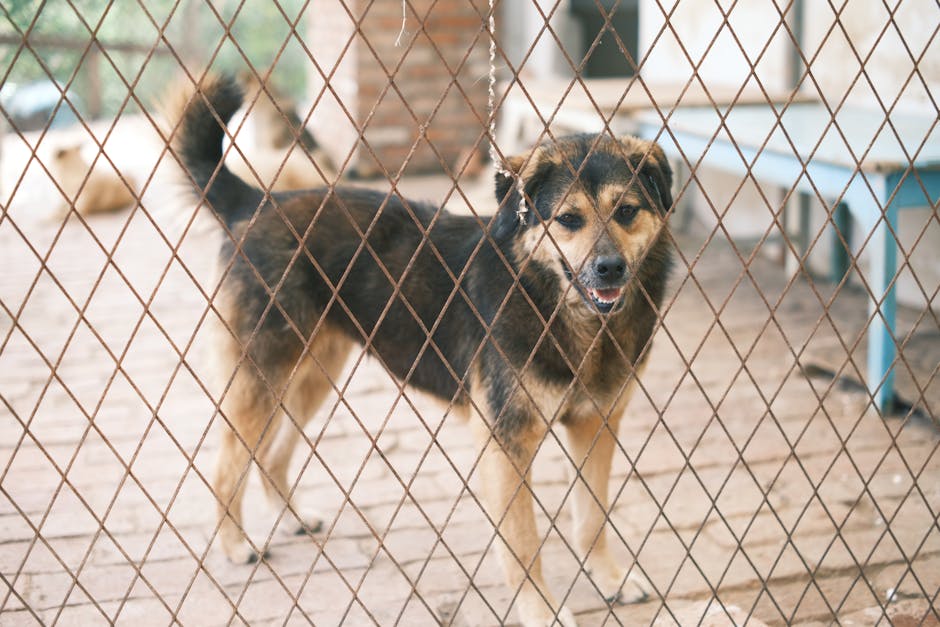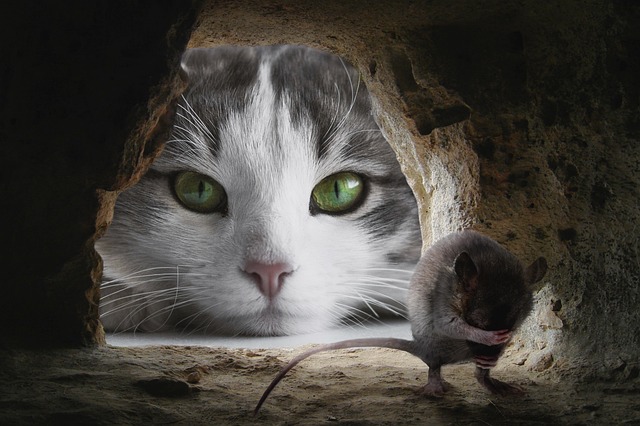Why Rescue Stories Matter
Rescuing an animal isn’t just a feel-good moment—it’s a ripple effect. On the emotional side, rescues remind us of empathy, resilience, and the power of second chances. These stories cut through noise and overload. They stick. They remind people that every animal in a cage has a name, a history, and a shot at a better future.
Socially, every well-told rescue story becomes a small act of advocacy. One dog pulled from a hoarding case, one stray cat nursed back to health—these aren’t isolated triumphs. When shared online, they become magnets for attention, building awareness around animal welfare, shelter needs, and adoption barriers. A single video or post can mobilize donations, foster signups, or awaken someone’s interest who might’ve never seen the problem up close.
It’s also important to draw the line between rescue and adoption. Adoption is the final step—a family taking in an animal. Rescue is the hard part that comes first. It’s crawling through tough conditions to save animals that are sick, hurt, or forgotten. Rescue is triage. Emergency care. Rehab. Adoption is love and stability, but it’s only possible because someone did the work to make that animal adoptable.
The full journey matters. And it starts the moment someone decides an animal deserves a better life.
Before: Life in Uncertainty
Rescued animals don’t usually come from warm homes or happy stories. Most have lived through abandonment, abuse, or plain-old neglect. Some are dumped on roadsides. Others come from hoarding situations or puppy mills where cruelty is routine. Many have never known kindness, safety, or enough food.
When they’re first brought in, the damage is hard to miss. Physically, they may be malnourished, matted, injured, or sick. Emotionally, it’s even tougher: fear in every movement, no eye contact, flinches at sudden sounds or touches. Some shut down completely. Others lash out—it’s protection, not aggression.
This is where shelters and rescue teams step in. They’re the front line. It’s not glamorous work. Volunteers clean cages, offer quiet hands, and try to earn trust with treats and patience. Intake staff assess medical needs. First-response teams pull animals from dangerous or abusive situations, often with little notice and little rest.
These people—many unpaid—are the reason second chances are even possible. Without them, most of these animals would never make it to the “after” part of the story.
The Turning Point: Rescue and Recovery
The moment an animal is rescued, the clock starts on a new kind of life. But recovery doesn’t happen overnight. It begins with medical basics: vaccinations to protect against disease, surgeries to address injuries or neglect, and consistent nutrition to rebuild strength. Many animals come in underweight, riddled with infections, or in pain. Immediate vet care is often what separates survival from loss.
Once the body starts healing, the harder part begins—fixing what can’t be seen. Behavioral rehabilitation is slow work. Some animals flinch at a raised hand or shy away from touch. Others shut down completely. It takes quiet trust-building: regular feedings, calm voices, routine. Over time, socialization and basic training replace fear with confidence. Step by step, a scared animal learns that not all humans hurt.
It’s not dramatic. It’s repetition. The same food bowls, soft words, gentle routines, day after day. Time, patience, and consistent care do what medicine alone can’t. They form the backbone of every rescue story. And they’re what make the ‘after’ possible.
After: New Beginnings and Happier Homes
Post-rescue life doesn’t just look different—it feels different. Picture a senior terrier mix named Mabel who came in underweight and terrified, tail tucked for weeks. Flash forward eight months, and she’s lounging on the couch in fleece sweaters, glued to her owner’s hip. Or Jasper, a one-eyed tabby dumped behind a warehouse, who now rules the roost in a multi-cat household and follows his human from room to room like a loyal shadow.
These transformations aren’t just about surface-level change. Rescue animals often arrive malnourished, fearful, or unsocialized. But over time, with proper nutrition, steady veterinary care, and basic training, the shift can be dramatic. Dogs regain muscle tone, coats get glossier, and that flat, wary look in their eyes gets replaced by curiosity—or even joy. Cats start purring again. Some animals even learn how to play for the first time in their lives.
And then there’s the bond—the unspoken loyalty between an adopted animal and the person who gave them a second chance. It’s hard to explain, but ask any long-time rescuer and they’ll confirm: rescue pets know. They lean in a little harder. They follow you a little closer. What begins as rehabilitation often becomes an unbreakable partnership. These aren’t just rescued pets anymore—they’re family.
How You Can Be Part of the Journey
Whether you’re ready to commit to a lifelong companion or looking for a way to contribute in other meaningful ways, becoming involved in animal rescue starts with understanding your options.
Adopt vs. Foster: What’s Right for You?
Not everyone can adopt, but many can still make a life-changing impact through fostering. Consider the differences:
- Adoption
- A long-term commitment
- Ideal for individuals or families ready for a permanent pet
- Offers a forever home to an animal in need
- Fostering
- A temporary but vital role
- Helps socialize and prepare animals for adoption
- Offers flexibility for those unable to adopt full-time
Tip: Unsure which is best for your lifestyle? Read this guide to choosing the right pet.
Other Ways to Support Rescue Efforts
Even if your home isn’t ready for a pet, you can still make a difference:
- Donate Time
- Volunteer at your local shelter by walking dogs, cleaning kennels, or assisting with events
- Donate Money
- Monetary contributions help cover medical costs, food, bedding, and shelter operations
- Donate Skills
- Are you a photographer, writer, or web designer? Many rescues need marketing help to increase adoptions
Be Part of a Success Story
Every rescued animal has a story, and your involvement could be the next chapter. Whether you’re offering a home, volunteering hours, or spreading the word, you’re contributing to transformations that would otherwise never happen.
Getting involved doesn’t require perfection—it just takes heart and effort.
Start where you are, and do what you can. These small steps lead to big changes for animals who deserve it the most.
Final Takeaway
Rescue isn’t the end of the road—it’s the turning point. Rescued animals don’t just survive. They grow, heal, and learn how to trust again. And what they become after rescue often surprises even the most seasoned caretakers: confident, quirky, loyal companions who just needed a chance.
Every rescue story matters. Not all are dramatic, but each one creates ripples—raising awareness, changing perspectives, inspiring action. Whether it’s a scared senior dog finding peace in a foster home or a kitten learning to play after surviving the streets, these stories remind us of what’s possible when someone steps up.
You can be that someone. Whether you adopt, foster, or volunteer, you’re not just helping an animal—you’re rewriting their story. Help turn a hard “before” into a powerful “after.” Because they don’t just deserve to be saved. They deserve to thrive.


 Annelina Pierceric is a dedicated author at pethubnest She shares practical insights on pet care, exploring new ways technology can support healthier and happier lives for pets.
Annelina Pierceric is a dedicated author at pethubnest She shares practical insights on pet care, exploring new ways technology can support healthier and happier lives for pets.


